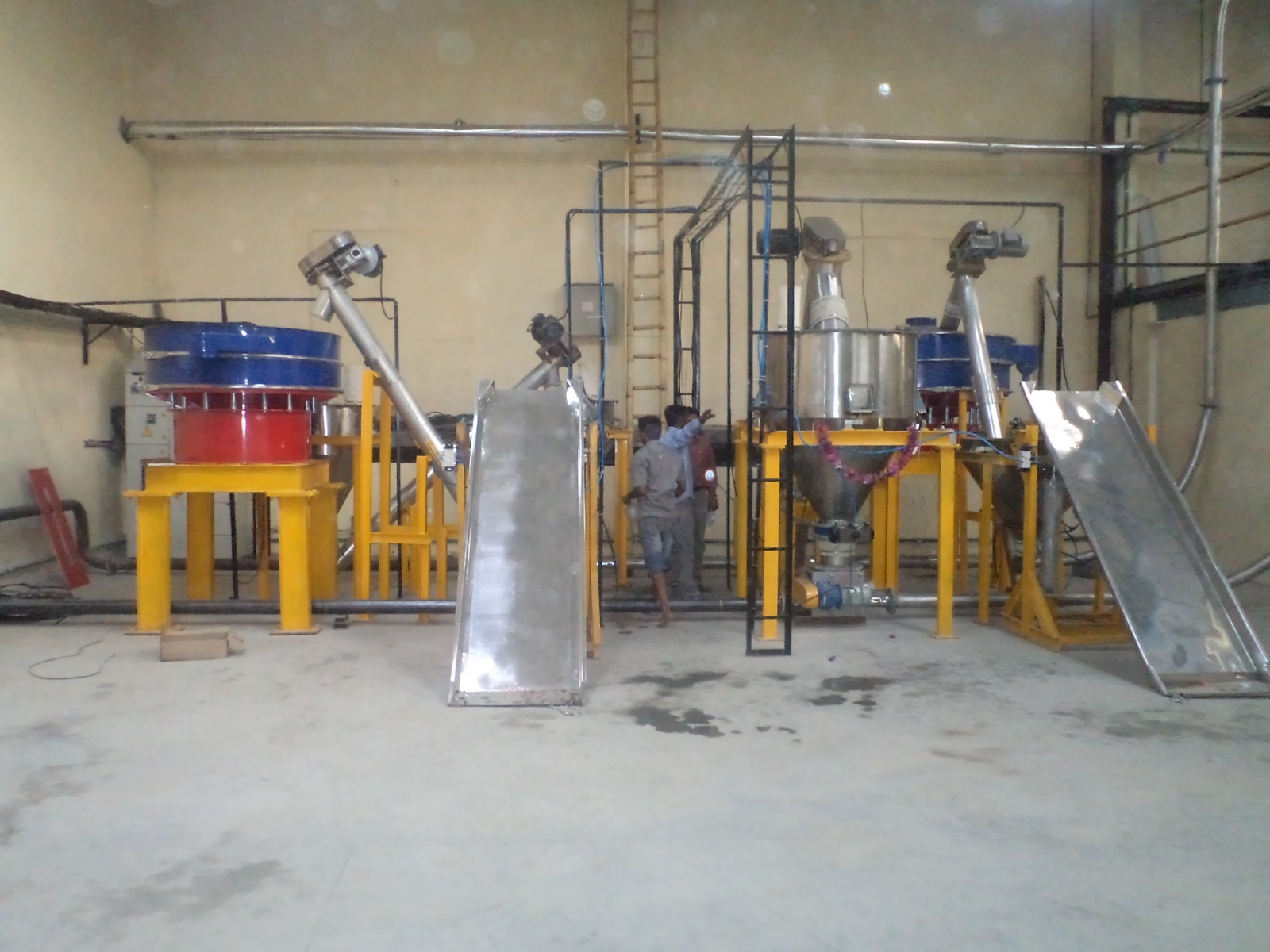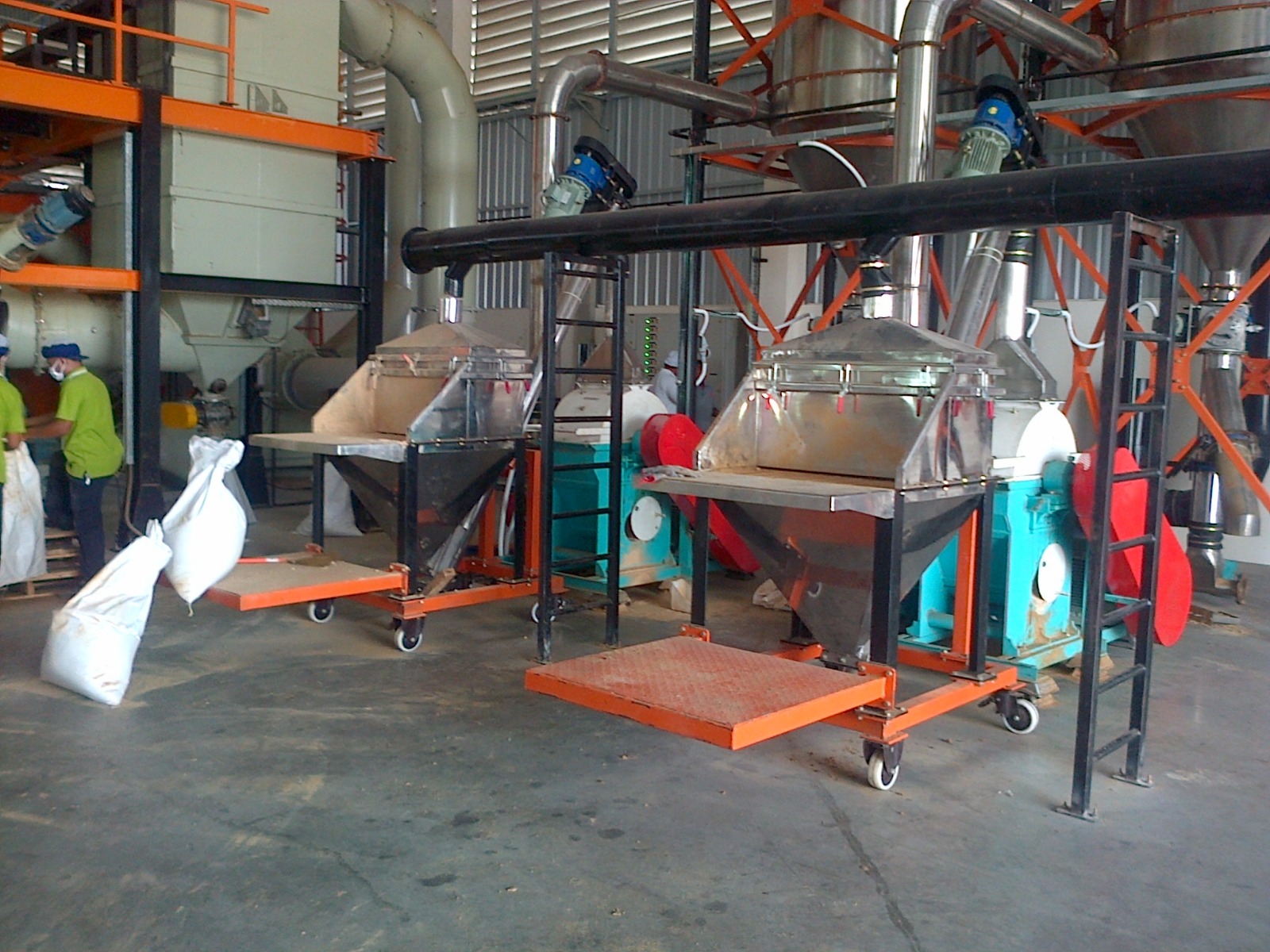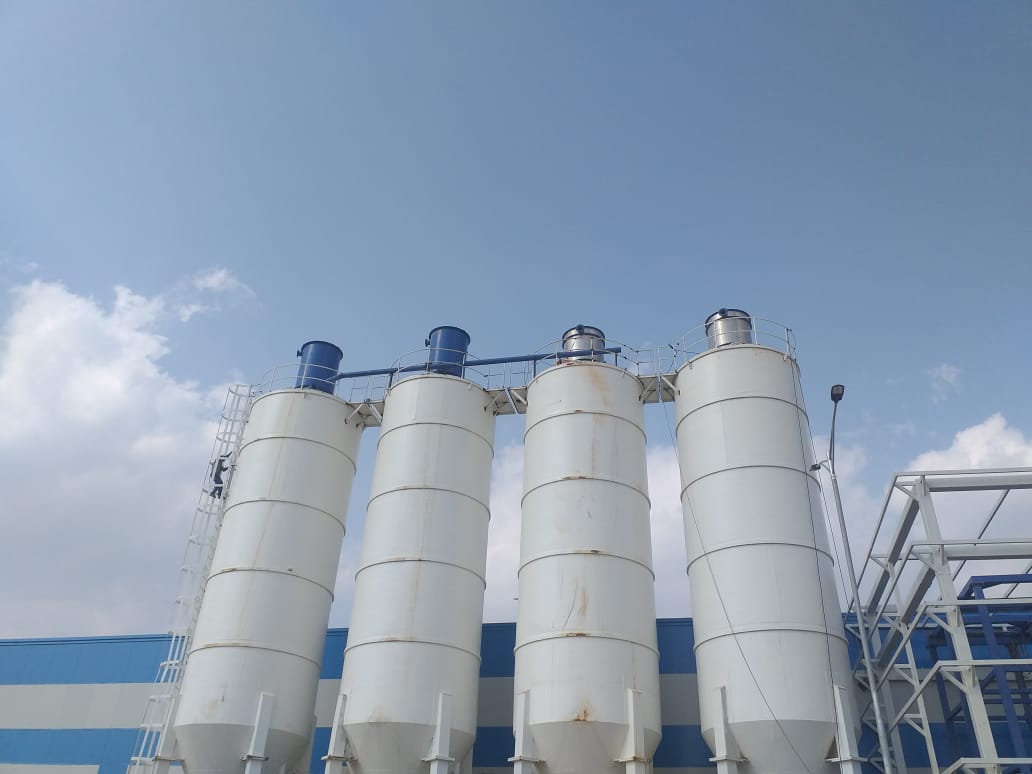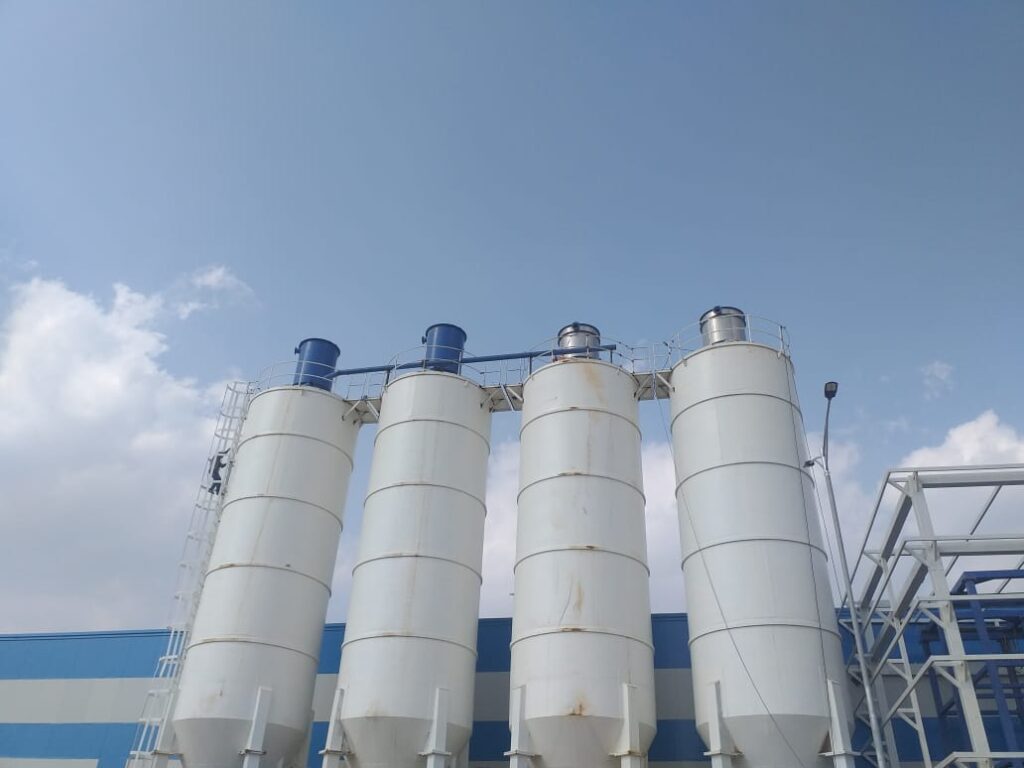Pneumatic Conveying
Safe, efficient transport of bulk materials using air flow
Pneumatic Conveying
- Pneumatic conveying is an efficient means of handling and transferring various types of bulk granular and powdered products, with minimal loss and at a lower cost than other systems.
- You can use pneumatic conveying for many types of products across a wide range of industries, including chemicals, foods and beverages, and much more.
- Pneumatic conveying systems use a series of pipelines that move products by pumping air.
- These products typically consist of powders or granules. These systems function by moving materials through enclosed, airtight pipelines through a combination of airflow or another type of gas and pressure.
- Operators can control positive or negative pressure of airflow to smoothly transfer products without worrying about damage or loss.
There are several advantages of pneumatic conveying, including:
- Pneumatic conveyors can run long distances either horizontally or vertically.
- These systems are easier to locate because they require less floor space.
- The compact design of pipe transfer lines makes it easy to route pneumatic conveying systems around equipment currently in use, making it suitable for use in more applications than mechanical systems.
- Enclosed nature blocks dust from entering into the surrounding area while ensuring that contaminants don't enter the pipeline.
- Operators can maintain a consistently controlled atmosphere.
- Multiple pick up and discharge points are available.
- Fewer moving parts means that they're easier to maintain compared to mechanical systems.






Engineered for accuracy, cleanliness, and flexibility—built to meet the demands of modern bulk packaging operations.
Key Features of Our Big Bag Filling Systems
Clean, Fast & Energy-Efficient Bulk Transport via Pneumatic Technology
Efficient and Enclosed Transfer
- There are advantages and disadvantages to using hydraulic and pneumatic conveying.
- While hydraulic systems can more efficiently transfer heavier loads with greater force compared to pneumatic systems, you can benefit from cleaner technology when using pneumatic systems.
- Pneumatic conveying systems are airtight and don't come with the risk of leaking that you get from hydraulics. Pneumatic systems are also easier to maintain than hydraulic systems because of the lack of moving parts.
- Ultimately, there are plenty of reasons to choose pneumatic conveying systems over hydraulics, depending on the application and your facility's specific needs.
- how does a pneumatic conveying system work
The pressure differential will depend on a number of factors, including the length and layout of the system itself along with the volume and concentration of the product. - The specific method of conveying will differ between the different types of conveying systems, whether it's a lean or dense phase system.
- No matter how complex your dry bulk application is, or what dry bulk material you convey, Pneu-Con can pinpoint and solve your most challenging issues, and develop targeted engineered solutions that work.
There are two main types of pneumatic conveying systems to choose from: lean phase and dense phase. Each is used for different applications and includes different functions.
1.Lean Phase
- The most commonly used pneumatic conveying system is a lean phase system used for granules and powders. There are two subcategories extending from lean phase systems
2.Dilute Phase
- Dilute phase conveying systems use gas velocities of greater than 17-18 m/s with lower vacuum or conveying pressure that falls below 0.1 barg. In dilute phase conveying systems, material particles are wholly suspended within the air or gas stream while the solids loading ratio is significantly lower.
- This type of system is ideal for conveying non-abrasive materials with low bulk density. Most systems would use side channel blowers or fans to move the product along the pipelines.
- Abrasives including sugar
- Materials with heavy bulk densities
- Blended products
- Certain friable materials like carbon black prills
- Plastic pellets and other products that don't require continuous delivery
- dense phase conveying
- Based on the specifications of your application and the type of product you need to handle and transfer, you can find the right pneumatic conveying system to get the job done.
- Pneumatic conveying systems work by flowing air through pipelines, transmitting a propulsion force that moves bulk products through the system from one end to another. Pneumatic conveying demands a pressure difference between the starting and endpoints of the system, which is achieved through the use of compressors, fans, or blowers.
- how does a pneumatic conveying system work
The pressure differential will depend on a number of factors, including the length and layout of the system itself along with the volume and concentration of the product. - The specific method of conveying will differ between the different types of conveying systems, whether it's a lean or dense phase system.
- No matter how complex your dry bulk application is, or what dry bulk material you convey, Pneu-Con can pinpoint and solve your most challenging issues, and develop targeted engineered solutions that work.

